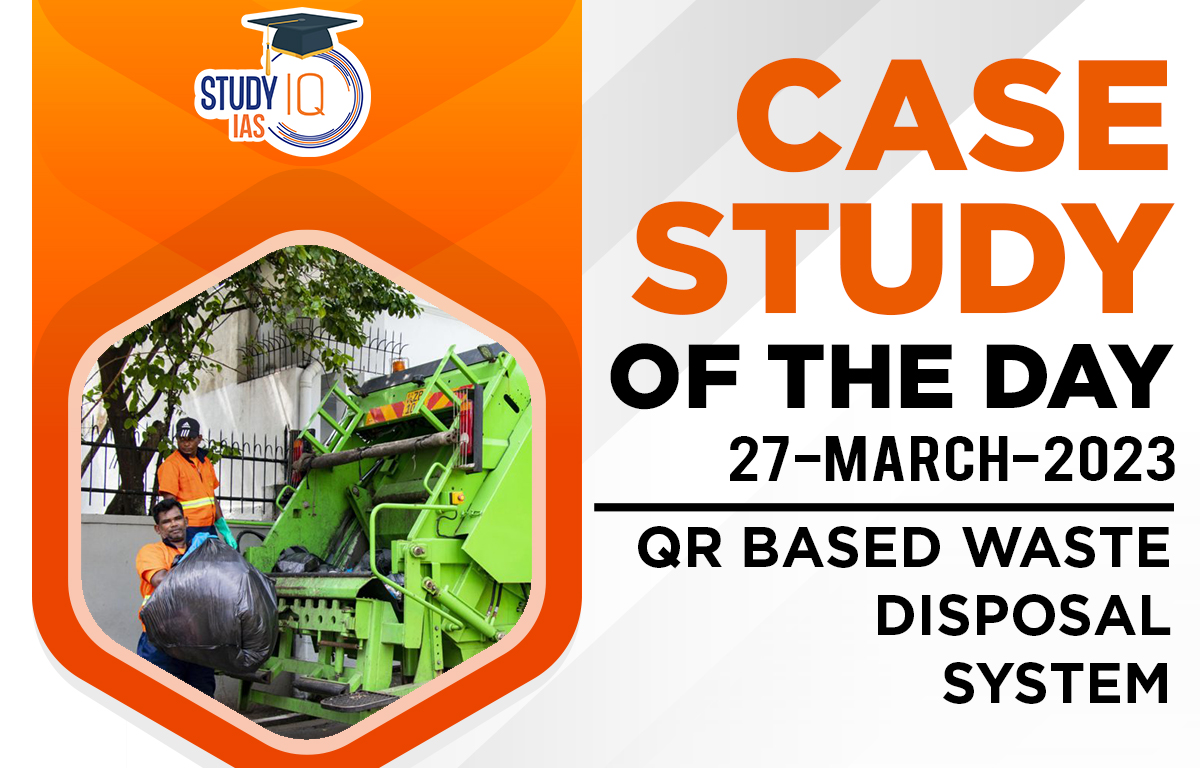Table of Contents
Context: A QR code-based project to prevent littering the Char Dham route with plastic bottles and packets is being implemented in Uttarakhand.
About QR based Waste Disposal System
- How does the system Work?
- Initially, Visitors will scan a QR code on each plastic bottle and multi-layer plastic bag (of chips or biscuits) and pay a deposit over the maximum retail price (MRP).
- Later, they can claim this amount back as a refund when they deposit the waste at a point at the end of the yatra.
- This system is expected to reduce the huge piles of trash strewn around the sacred shrine, mountains, and water bodies.
- Above all, larger idea behind the initiative is to bring about a behavioral change in pilgrims.
- Implementation
- The idea and execution is being carried out by a Hyderabad-based start-up that provides software solutions for better recycling and sustainability.
- Regions covered by system
- The Char Dham yatra route covers temples at Badrinath, Kedarnath, Gangotri and Yamunotri, Hemkund Sahib and the Valley of Flowers region.
- Impact recorded from Pilot project
- The daily solid waste generated in just Kedarnath amounts to about 1,000 kg, during the yatra season.
- The project saved 1.63 lakh single-use plastic bottles from entering the fragile mountain ecosystem.
- Significance of such initiatives
- Himalayas are a critical ecosystem, as they are the source for perennial rivers, critical for energy security, influence climate by sustaining Monsoon, and attract many tourists.
- In order to maintain the balance in such a significant ecosystem, initiatives integrated with technology are essential for sustainable development of Himalayan Region.
Conclusion
- Thus, technology when focused in the right sense offers great potential to bring about sustainable changes in a region. Hence, the need for more such initiatives to address the Environmental Degradation issues in India.


 What is Tensor Processing Unit (TPU)?
What is Tensor Processing Unit (TPU)?
 SSC CGL Syllabus 2025 for Tier 1 and Tie...
SSC CGL Syllabus 2025 for Tier 1 and Tie...
 Justice BR Gavai will take oath as 52nd ...
Justice BR Gavai will take oath as 52nd ...





















